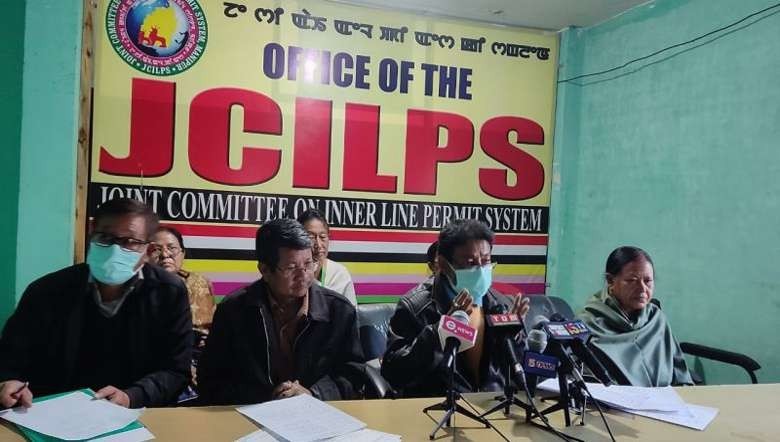The Citizenship (Amendment) Act, 2019 has been promulgated before the parliamentary election. Expectedly, there are celebrations as well as protests across the country. The celebration among migrants whose statelessness is being promised an honourable resolution is natural. But the objection to the CAA is much more complex than just a question of discrimination against Muslims.
The CAA amends the Citizenship Act, 1955 to make the route to Indian citizenship faster and easier for Hindu, Sikh, Buddhist, Jain, Parsi and Christian migrants from Afghanistan, Bangladesh and Pakistan but makes no mention of Muslim migrants. The Act relaxes the 11-year-residence requirement under the Citizenship Act, 1955 to five years for migrants belonging to the specified categories who entered India before December 31, 2014.
If the protest against the CAA elsewhere in the country is against the exclusion of Muslims and the granting of citizenship along religious lines, the objection in the Northeast, particularly in Assam, is different. The apprehension of communities in the Northeast of being demographically marginalised by migrants is a 150-year-old festering sore, manifesting most visibly in Assam. The state is today geographically and linguistically divided between its Brahmaputra and Barak Valleys. Assamese speakers in the former are generally opposed to the CAA, while Bengali Hindus in the latter welcome it. The six-year ‘anti-foreigner’ Assam agitation, which concluded with the signing of the Assam Accord in 1985, was a high point of this friction. There have, however, been more such instances. The Sylhet Referendum on the eve of Indian Independence is one. When the Radcliffe Line was set to be drawn to decide the extent of East Pakistan in this sector, Hindus in Sylhet had hoped that Sylhet would be awarded to India and treated as part of Assam. However, the Assamese leadership at the time, anxious about Bengali dominance during the raj, refused. Their chief worry was Sylhet’s inclusion would lead to a Bengali majority in Assam.
Assam was annexed by the British and merged with Bengal after the Treaty of Yandaboo signed between the British and the Burmese after the latter’s occupation of Assam was militarily ended. Assam then was backward and largely unfamiliar with the British administration. Therefore, the British brought in educated, middle-class, Hindu Bengalis from Sylhet to run the lower bureaucracy. This Bengali middle-class came to dominate Assam’s affairs and treated the Assamese with a measure of condescension. In 1837, it even influenced the British to make Bengali the official language of Assam, arguing Assamese was a dialect of Bengali. The nascent Assamese middle-class then could do little but the seeds for future conflicts were sown. In 1873, Assamese was restored as the official language in five districts in the Brahmaputra Valley. The following year, Assam was also separated from Bengal to become a chief commissioner’s province.
There were also Bengali Muslim peasants flooding into Assam but the peasantry had no trouble integrating with Assamese society initially. They identified themselves as Assamese speakers. This changed with the Indian freedom struggle being shaped into a contest between religious nationalisms, with Muslims pitted against Hindus. In Assam, this manifested as a unique rivalry — a clash of linguistic nationalism between Assamese and Bengalis as well as religious friction between Hindus and Muslims.
This past rivalry and the fear of Assamese speakers and other smaller ethnic groups of being reduced to a linguistic minority are not easy to dismiss. In the absence of a deeper reconciliation, this friction has exploded periodically. This time, however, the tension is concentrated in Assam mostly as the other states beyond the Inner Line have been assured some immunity from the CAA.
This article was first published in The Telegraph and can be read HERE










